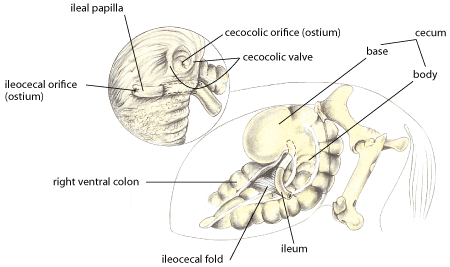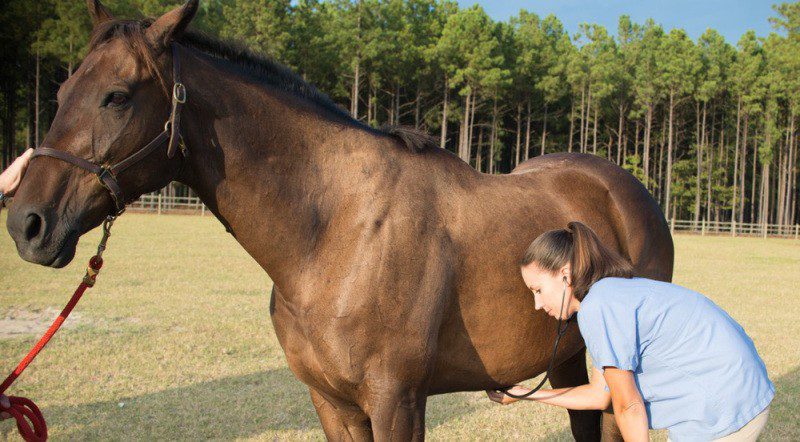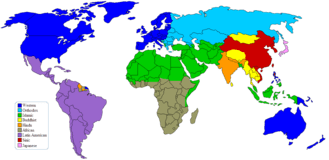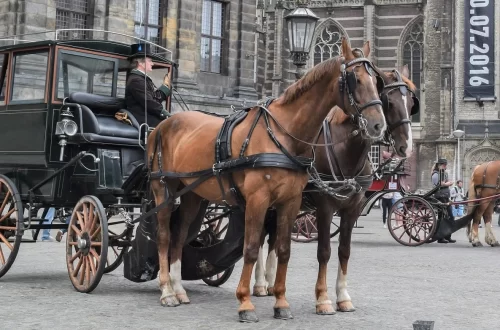
Intussusception and colic in the horse
Intussusception in a horse is a closure or narrowing of the intestinal lumen due to the entry of any of its segments into the adjacent one.
Contents
Causes of intussusception in the horse
- Excessively vigorous peristalsis or antiperistalsis of the intestine.
- Paresis of individual loops of the horse’s intestines and uneven regulation of their functioning.
- Cooling down after giving the horse very cold water or feeding frozen food.
The course of intestinal intussusception in a horse
Most often, intussusception occurs in the small intestine of the horse. In the area that has penetrated into the neighboring one, stagnation occurs due to compression, which is accompanied by necrosis of the intestine (due to compression) and peritonitis. There is severe pain due to spasms. Sometimes a loop of the horse’s intestines that has entered another section of the intestine fuses with the walls of this section, and then is rejected. If necrosis does not occur, it may remain in the same loop, resulting in a narrowing of the intestine.
The duration of the disease is from several hours to several days.
Peritonitis is often the cause of death in horses. Unfortunately, horses rarely recover.
Symptoms of intussusception in a horse
When the intestines are invaginated, the horse has colic, similar to colic with volvulus or internal infringement of the horse’s intestines.
- The horse stretches the body, looks at the stomach, hits it with its hind legs.
- The feces may contain bloody mucus, and sometimes there is bloody diarrhea.
- Temperature increase.
- The pulse quickens at first, and then weakens.
- After a few days, symptoms of peritonitis appear.
- Local flatulence, in contrast to volvulus, strangulation and twisting of the intestine, is absent.
- Acute pain resolves hours or days later, but then peritonitis or septicemia causes the death of the horse.

Photo: www.equestrianweekly.com
An important way to diagnose equine intussusception is a rectal examination.
Treatment of intussusception in the horse
The only treatment for intussusception in the horse that can be successful is laparotomy.





